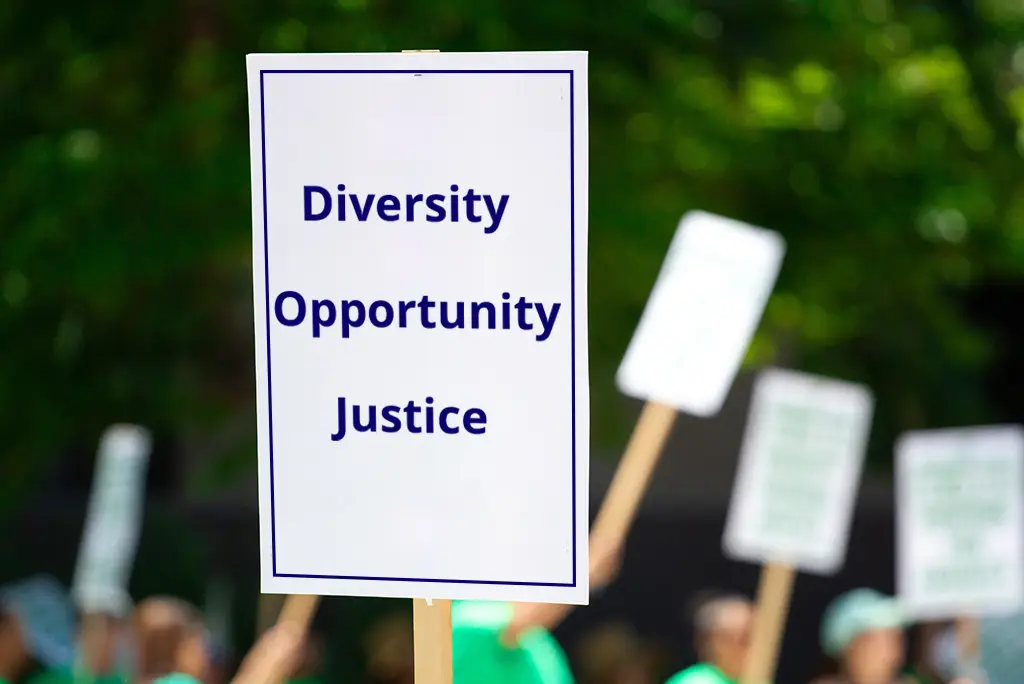On Thursday, the US supreme court ruled against the affirmative action admission policies of Harvard and the University of North Carolina. The ruling’s effect on future applications concerned students and their families, prompting inquiries.
Students and their families called Christopher Rim, president and CEO of Command Education. All of them posing him one question: How would the Supreme Court’s ruling on affirmative action impact their applications?
- Experts say the ruling on affirmative action would likely immediately impact the maintenance of diverse student classes.
- Though the ruling allows students to express aspects about themselves, including race, in their essays.
Rim said the makeup of the schools would change drastically due to the ruling. The ruling dealt a massive blow to decades-old efforts to boost minority enrollment at universities.
Cara McClellan, director of the Advocacy for Racial and Civil Justice Clinic, expressed concerns about incoming classes. She said there was a real risk of a different look in the incoming classes. Not considering race would lead to a reduction in underrepresented students of color.
The ruling is considered a setback for policies that took applicants’ race into account.
What is Affirmative action
Affirmative action in higher education aims to increase minority student representation on campus. Colleges consider race as part of a holistic approach that evaluates various aspects of applications.
The purpose of race-conscious admissions policies is to enhance the educational experience through increased diversity.
Allegations Against Affirmative Action Policies
Reportedly, one case focused on alleged discrimination against Asian American applicants at Harvard. The other case claimed discrimination against white and Asian American applicants at the University of North Carolina. The Supreme Court considered these cases, which specifically targeted admissions policies.
The cases alleged unlawful discrimination by Harvard and the University of North Carolina. The schools defended their admissions policies, stating that race plays a limited role. Barring race-conscious admissions would lead to a significant decline in minority student enrollment, according to the schools.
The schools rejected the claims and emphasized the importance of maintaining diversity on campus.
Studies indicate an immediate impact on maintaining racial and ethnic diversity.
The University of California witnessed a 12% decrease in underrepresented groups after eliminating affirmative action in 1996. Michigan’s ban on race-conscious admissions led to a nearly 50% decline in Black undergraduate enrollment from 2006 to 2021.
The elimination of affirmative action is perceived as a contributing factor to the decline in diversity. The Urban Institute provided this information regarding the impact of affirmative action changes. The findings from these studies highlight the immediate effect on diversity caused by changes in affirmative action policies.
Selective schools that reject most applicants commonly consider race in their admissions processes, although specific details are often undisclosed.
Race Influence on Admissions
According to a 2019 survey by the National Association for College Admission Counseling, approximately 25% of schools acknowledged a significant or moderate influence of race on admissions. Over 50% of surveyed schools stated that race played no role in their admissions decisions.
Nine states, including Arizona, California, and Michigan, have banned the use of race in admissions policies at public colleges and universities.
The National Association for College Admission Counseling conducted the survey providing these findings. Race-conscious admissions are more prevalent among selective schools with highly competitive application processes.
The role of race in admissions decisions varies among schools, with a significant portion considering it and others not. These findings highlight the diverse approaches to race in admissions across different educational institutions.
Decades ago, the Supreme Court had supported race-conscious admissions.
In 1978, the divided Supreme Court addressed affirmative action in the case of Regents of the University of California v. Bakke. In 2003, the court deemed the University of Michigan’s “points” system for minority applicants as excessive. Nevertheless, the court affirmed the central finding of Bakke that race could be used as an admission factor.
In 2016, the court once again supported race-conscious admissions in a challenge to University of Texas policies.
However, the court’s ideological shift with a majority of conservative justices has occurred since then. Currently, there are six conservative justices and three liberals on the Supreme Court.
Concern from schools
Schools have expressed concern that other measures would be less effective, resulting in fewer minority students.
The University of California and the University of Michigan, in briefs filed with the Supreme Court, shared their challenges. Both institutions, located in states that have banned race-conscious admissions, have invested significant funds in alternative diversity programs.
Despite these efforts, the schools have not achieved their diversity goals. Hundreds of millions of dollars have been spent on alternative programs, but the outcomes have been disappointing.
The decision will necessitate a search for new approaches to ensure diversity in student populations.
